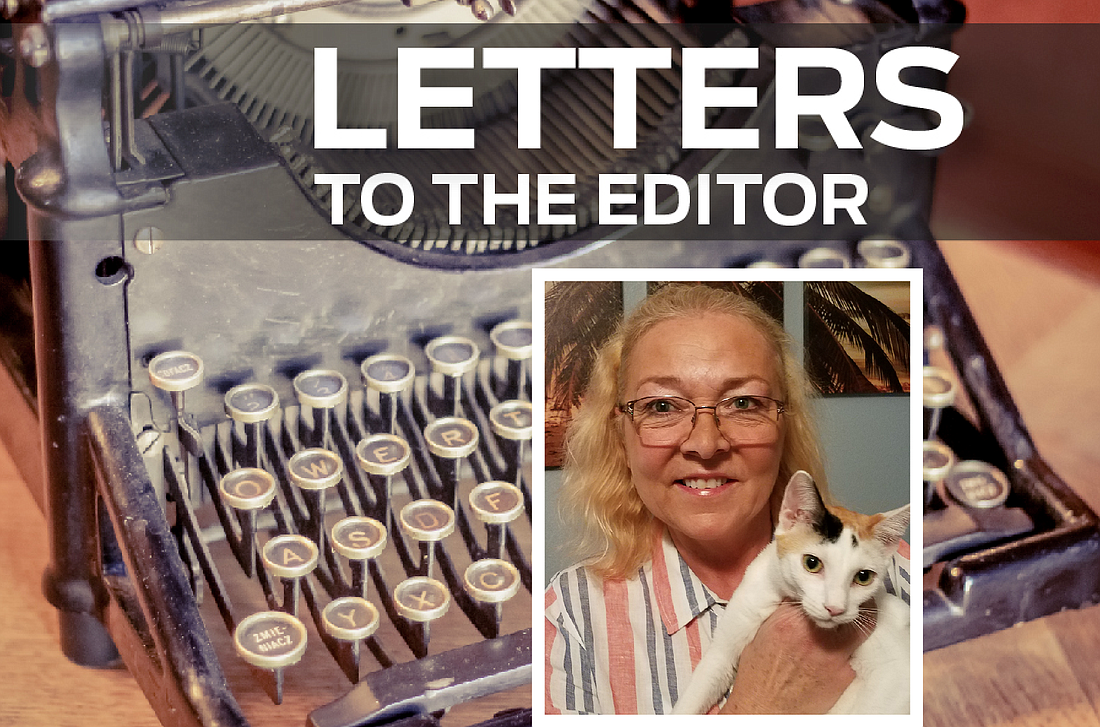- December 14, 2025

Unless you’ve been living under a rock, you know there is a serious problem in Palm Coast with stray and feral cats. For many years the city responded with an endless cycle of trap and kill. Thousands of cats were killed. This was, of course, inhumane. It was also counter-productive. The city’s cat problem continued unabated.
Palm Coast resisted TNR, or trap-neuter-return, but after a petition drive with 3,000 signatures, letter-writing campaigns and other efforts by animal advocates, the city gave in and announced the Community Cat Diversion Pilot Program in May 2016. It was not actually a program, but rather a largely unarticulated policy under which local animal organizations and residents could practice TNR and bring cats back to where they had been as long as they were not a “nuisance.” In addition, Animal Control officers were directed to suggest TNR when responding to complaint calls.
"We community cat advocates are anxiously awaiting updated ordinances but remain frustrated that the city has dragged its feet."
Let’s be clear who these cats are. The term “community cats” includes feral, unsocialized and tame cats. Many are abandoned pets and their offspring. Most are not suitable for an adoption cage at Flagler Humane Society, and local rescue organizations can’t possibly find enough homes for this outsize population of cats. They are cared for all over Palm Coast by compassionate residents who provide food and water. They should never be re-trapped, relocated or brought to a shelter. Animal shelters are already overburdened with adoptable animals and are not equipped to house cats that are feral or skittish. Not only is it in the cats’ best interest to be left in place, but there are also benefits to having a small colony of fixed cats in a location. Their presence keeps other cats from moving into the area and helps with rodent control.
This pilot program was a good start, but problems have arisen because the city failed to adjust its regulations. The city is often at cross purposes, endorsing TNR but offering no support or protection for community cats and their caretakers once the cats are fixed and returned to their locations. If the city receives a complaint, caretakers have found themselves suddenly treated as owners of the cats and subjected to punitive actions. Ear-tipped cats have been removed. These actions contradict the definition of community cats and further erode the community’s trust in the city.
Due to these incidents, animal advocates recently pushed the City Council to update the city’s animal ordinances. The city responded by tasking Barbara Grossman, head of Animal Control, to review the animal code. As part of the process of engaging the community on the cat issue, Ms. Grossman brought in speakers from two national animal organizations, Best Friends Animal Society and Alley Cat Allies.
In addition to providing guidance on good colony management, both speakers clearly explained that city ordinances should reflect that community cats are distinct from owned pets and that caretakers are not owners.
We need the city to rewrite its animal ordinance to include the changes recommended by the organizations from whom they have sought guidance. They are also the same changes that local animal advocates have been suggesting to city officials for years.
The city now says that new ordinances will be revealed in the months to come. We community cat advocates are anxiously awaiting but remain frustrated that the city has dragged its feet. We are particularly disappointed in elected officials who ran for office claiming to be TNR supporters but have not acted. Community cat caretakers have learned from the two presentations from Best Friends and Alley Cat Allies. The question is, have city officials educated themselves as well?
Delfina Tomaini is the trap, neuter, return coordinator for Community Cats of Palm Coast.